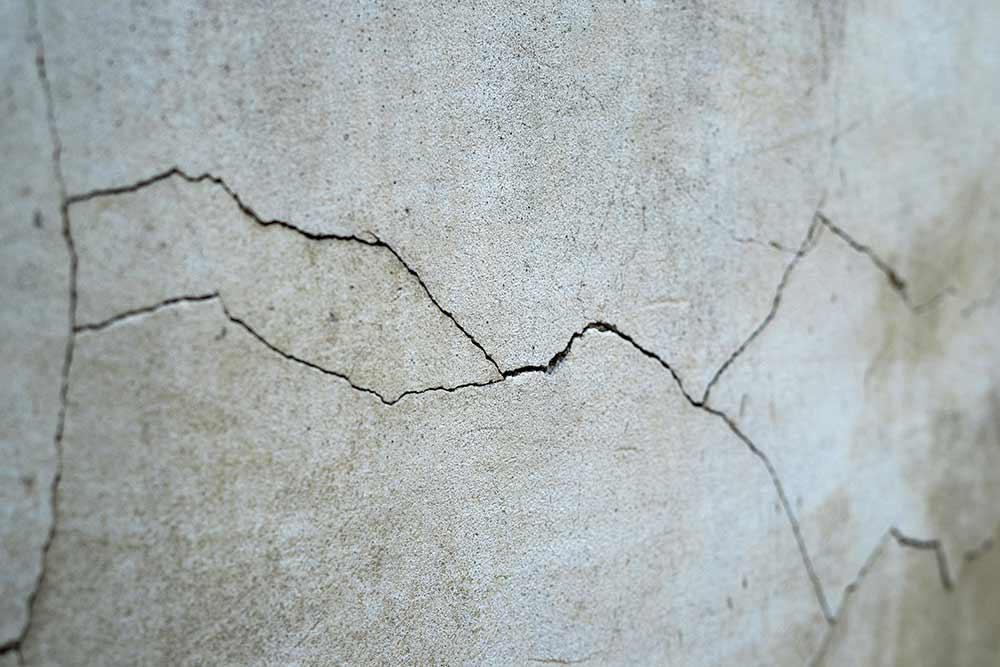Taking care of your basement and the foundation of your home involves a lot of different elements. We usually think of them as being strong and sturdy, but they can get damaged and hydrostatic pressure is one of the main culprits.
Events like earthquakes, floods, or extreme weather shifts can make the foundation weaker. One of the most common problems comes from excessive moisture.
What is Hydrostatic Pressure?
There is always going to be water around the foundation of your home. The water that is always there isn’t much of a problem. But, where there is excess water, that builds up pressure against the foundation.
The deeper the foundation goes, the deeper the water goes. But as the water goes deeper, it begins to have less space to take up. Water is heavy and dense. The more that is added, the more pressure there will be pushing against space it needs to go.
If you live near water, experience heavy rainfall or snowfall, eventually, this could turn into a problem for you and your home.
Problems That Occur From Hydrostatic Pressure
The biggest concern with the hydrostatic pressure is that it will eventually find some way through. It can seep in through tiny cracks or simply go right through the foundation.
The pressure can seep into your walls and into your basement. If there are too much water and too much pressure, it can start to cause cracks, holes, weakened structure, and even collapse the walls.
Concrete and cinder blocks are porous. They can also have smaller unseen pockets that we don’t know about. These are the first places that pressurized water is to going to go first, trying to find enough space.
This pressure, unattended, can cause walls to shift, break, and collapse. With deeper basements or foundations, it may be a while before it is noticeable, and by then, the damage could already be extensive.
Signs You May Have Hydrostatic Pressure
If you are aware of the dangers of hydrostatic pressure, then you can take steps to safeguard against serious damage occurring.
Strange Odors
Long before you see any physical damage, you may notice a strange odor. Musty, moldy, mildewy smells coming from the basement. Be sure to check around, look behind the deep freeze or laundry machines.
Water Spots
Check in the corners, behind furniture, baseboards, and small cracks for damp patches. Get them checked out, to make sure they are not just the beginning of a bigger problem.
Excessive Humidity
If you notice that furniture, clothing, or other items seem damp, it could be a sign there is water standing outside of the foundation. This can also make walls, doors, and window frames warp.
Damp carpets, doors and windows that don’t close properly, or even condensation where it has never been before. Too much moisture causes wood to expand.
Cracks
If you start to notice cracks anywhere throughout the home, this should be noted. Cracks in the basement, in particular, with damp spots, should be checked right away.
Cracks on the foundation, on stairs, around doors or windows, inside or out, should be taken seriously. Call an expert to inspect the foundation, just to make sure everything is as it should be.
Call The Pros
Don’t take your foundation for granted. It is there to keep everything in place, but it can only do so much against the elements. Taking care of your foundation is taking care of everything else in the home.
Call Olson Foundation Repair for a free estimate today. With over 30 years of experience, you can trust them to do the job right the first time.

